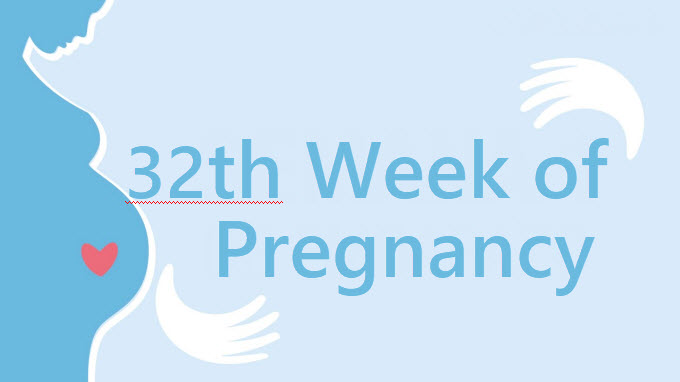Table of Contents
How big is my baby?

The development of the baby. The baby’s brain develops new folds and connections. The bones harden and the skin thickens. If you are expecting a boy, at the moment his testicles are descending into the scrotum, although in some cases they do not finish until the first birthday. Your baby is gaining weight and showing cheeks and buttocks. He gets fat at the rate of 230 grams per week, which puts him in a weight of between 1.8 and 2.7 kilos. Fat stores energy for its journey through the birth canal.
Amniotic fluid
In this week, the uterus already contains approximately one liter of amniotic fluid, which favors the movement of the child to the final position for birth. In the next few weeks, the amount of amniotic fluid will decrease in proportion to the baby’s weight gain. By breathing in the amniotic fluid, the baby now has more and more hiccups, which is important for training the airways. The mother notices it in the form of rhythmic and often very strong contractions.
Hormones and milk production
Hormonally, the production of milk is not triggered in sufficient quantities to feed your baby until the moment of delivery, specifically after the delivery of the placenta. However, your breasts have been preparing for a long time to be the only sustenance for your baby in his first 6 months of life.
Not all women secrete colostrum before delivery and in no case is it indicative of the amount of milk you are going to have, so if you don’t see your nipples leaking, it shouldn’t be a cause for concern at any time.
The role of hormones and vaginal infection in pregnancy
During the 9 months of gestation, the level of female hormones changes and directly affects the pH of the genital area. On a daily basis, the pH of the vulvar area is acidic and lower than that of other parts of the body, and is in a range of 3.8 to 4.2, in order to prevent the growth of bacteria.
During pregnancy, the future mother undergoes various hormonal changes that directly compromise the acid protective layer. In this way, variation at a pH greater than 4.2 can alter the balance to the detriment of the usual flora, which leaves room for the proliferation of pathogenic germs. For this reason, 9 months of gestation represent one of the most vulnerable stages for women to acquire gynecological tract infections.
0 Comments